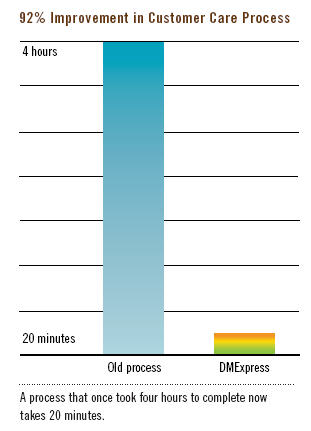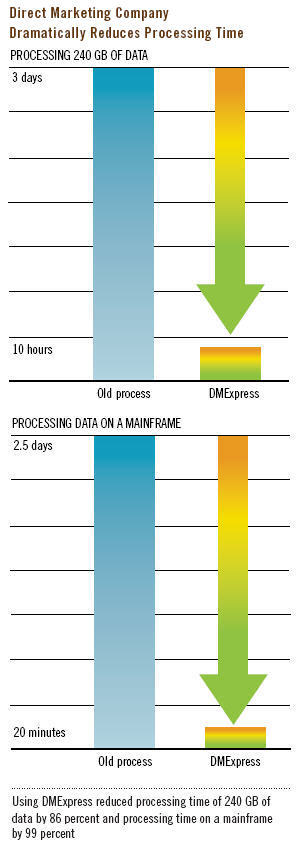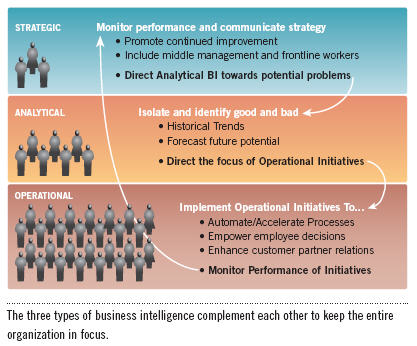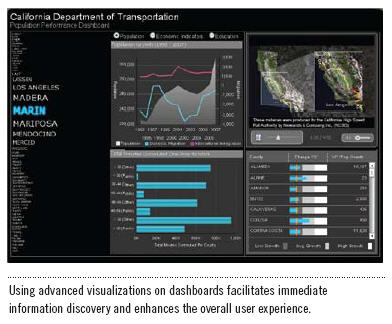The key factors to Pitney Bowes’ successin implementing a comprehensive businessintelligence solution include gatheringfeedback directly from the business users,delivering the information that the businessusers were requesting, availability of theright information to the right people at theright time, and ease of use of the businessintelligence tools. Pitney Bowes created over400 reports by a staff of one in a matter of afew months—a very rapid and cost effectivebusiness intelligence deployment.

The explosive growth of information, coupled with increasing demands for customer service, has left many companies looking for more efficient ways to keep data actionable.

The stack of service level agreements (SLAs)seems to grow as fast as the processingslows. Deadlines slip away unmet and thehead scratching begins. Knowing it’s not apermanent fix, you hammer out a few codetweaks and slap in just enough hardwareto stay within budget. But as hundreds ofthousands of records turn into millions, youquickly realize that your “quick fix” amountsto little more than “a lick and promise.”
Whereas previously Business Warehouse was only truly viable in end-to-end SAP environments, now anycompany now considering SAP and a BI implementation should strongly consider the SAP BI and data integration options.

Enterprise reporting environments aredesigned to support many types of userswith ad hoc query, reporting, and online analytical processing (OLAP) capabilities. Usefulas these tools have become, however, manyorganizations fail to deploy them properly orto fully understand their power.
A large insurance industry icon needed to develop a strategy and process that would enable it toretain customers and minimize risk over anextended period of time. A project team wasassembled to evaluate the company’s generalinsurance value chain. It quickly determinedthat the company's marketing and sales had fallenshort in creating a truly compelling customerexperience. The team embarked on a mission to develop an internal customer insight capability and supporting technology infrastructure.

One of the best approaches to visually communicatedata anomalies or business opportunities tonontechnical audiences is through the use ofadvanced visualizations.
Hartford Hospital has deployed ProgressEasyAsk to support operational businessintelligence (BI). EasyAsk for Operational BIprovides natural language ad hoc query andsearch capabilities that empower informationusers at Hartford Hospital to quickly findand retrieve critical information from multipleenterprise data sources.